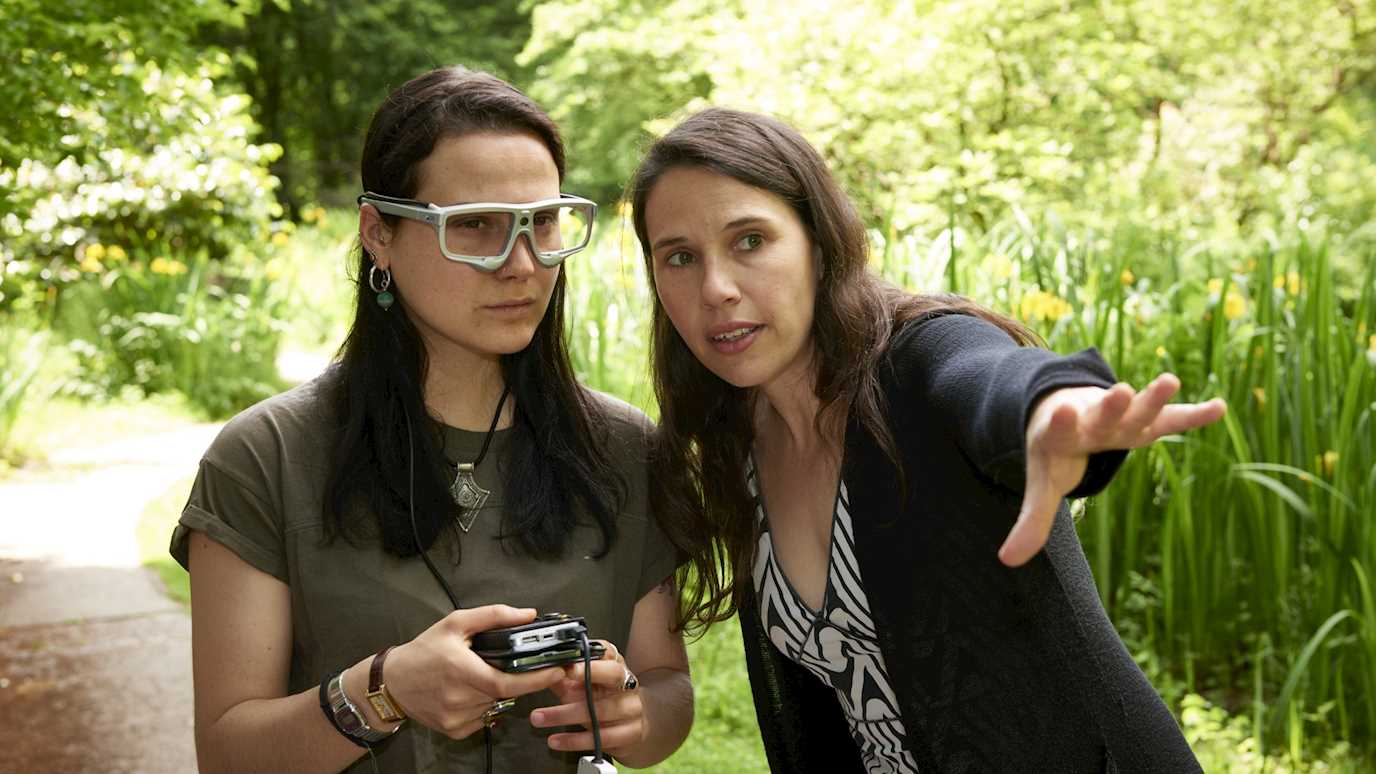This global project investigated the treatment of local public entities facing financial difficulties in 20 jurisdictions around the world.
Project Overview
The treatment of local public entities (LPEs) in distress is a significantly under-researched area of insolvency and public law, particularly outside the US. However, the financial collapse of these entities frequently has a domino effect on the private sector, as well as on local, regional and national communities. Insolvency practitioners tend to know little about how LPEs in financial distress are managed. Globally, insolvency laws pertaining to LPEs are heavily influenced by local traditions, cultures and historic developments.
This project offered for the first time a global overview of the treatment of ongoing, executory contracts and obligations should LPEs file for formal insolvency or turnaround procedures.
This project was the first to examine the treatment of distressed LPEs on a global scale and the first to articulate unifying principles and standards for the laws and regulations governing the financial distress of LPEs. This project included participants from countries with varied economic and governmental structures.
This project is highly topical. In periods of financial distress, governments are keen on reducing transfers of funds to local, regional and national communities, thus directly or indirectly causing situations of financial distress to many LPEs.
The project concluded in mid-2022.
For more details about the project, please email: eugenio.vaccari@rhul.ac.uk.
Aims & Duration
This project aimed to collect information on the treatment of LPEs in financial distress around the world, with a view to providing guidance to practitioners and making recommendations for minimum standards of regulation.
The project is now complete, and the results have been disseminated at the INSOL International Academics Colloquium (London, 25 June 2022) and at the 4th International & Comparative Law Insolvency Symposium (11-12 November 2022, Chicago).
Structure
The project focused on four geographical regions: Europe, Asia, Africa and the Middle East, and the America. Particularly, it covered the following jurisdictions:
- AFRICA/ME: Ghana, Nigeria, South Africa and Uganda;
- AMERICAS: Argentina, Brazil, Canada, the United States of America;
- ASIA: Australia, Bangladesh, People’s Republic of China, Japan;
- EUROPE: Belgium, Croatia, France, Germany, Italy, the Netherlands, the Russian Federation, and the United Kingdom.
Research Team
The three principal investigators (PIs) are:
- Dr. Eugenio Vaccari (Royal Holloway, University of London);
- Dr. Yseult Marique (University of Essex, UK); and
- Prof. Laura N Coordes (Arizona State University, USA).
The contributors in this project are:
- Argentina: Prof Héctor José Miguens; Prof Sergio Díaz Ricci; Prof María Gabriela Ávalos
- Australia: Dr Elizabeth Streten
- Bangladesh: Prof Borhan Uddin Khan; Dr Morshed Mannan
- Belgium: Prof Steven Van Garsse
- Brazil: Ms Caterina De Barros Lima Ferraz
- Canada: Prof Stephanie Ben-Ishai
- Croatia: Dr Lidija Šimunović
- France: Dr Emilie Ghio
- Ghana: Mr Kenneth Ghartey
- Italy: Prof Rolandino Guidotti
- Japan: Prof Keisuke Imamoto
- Netherlands: Mr Gert-Jan Boon; Dr Jelle Nijland
- Nigeria: Dr Iyare Otabor-Olubor
- People's Republic of China: Dr Casey Watters
- Russian Federation: Mr ilya Kokorin; Mr Bilal Kurbanov
- South Africa: Prof Geo Quinot
- Uganda: Dr Hamiisi Junior Nsubuga
Funder
The project was funded by INSOL International, in co-operation with the University of Essex.
Dissemination
The results of this project were presented at the INSOL International Academic Colloquium in London (25 June 2022). A different set of recommendations for a modular, global approach to the treatment of local public entities in distress were presented at the 4th International & Comparative Law Insolvency Symposium (11-12 November 2022, Chicago).
The single contributions from the 20 countries analysed in the study are available in the INSOL International Technical Library. A leaflet with a summary of the key findings from the study is available here.
The results of the project have also been disseminated through a variety of media outlets, including The Conversation UK and the Oxford Business Law Blog.





















